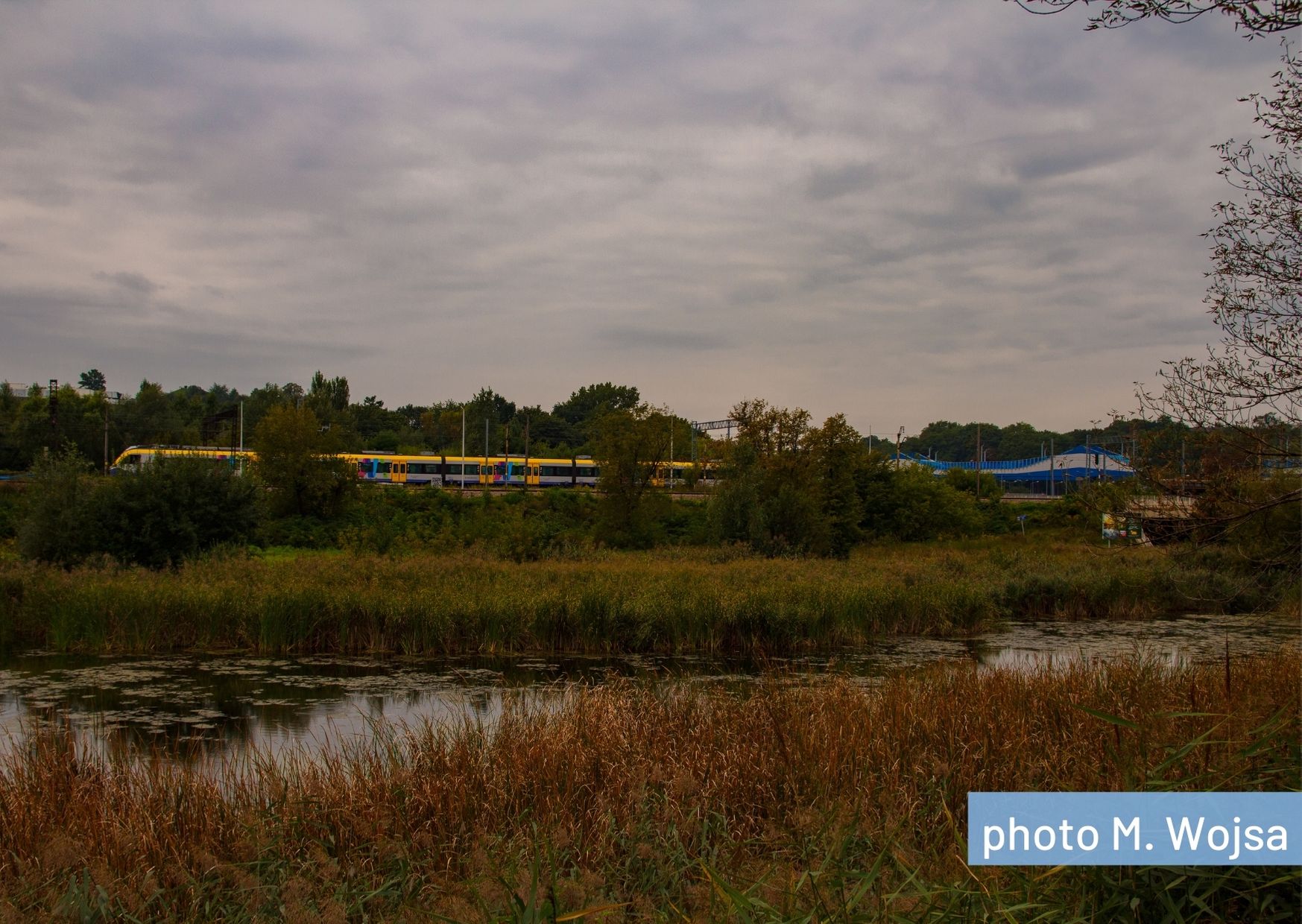Investigating effects of invasive alien species and population estimates
Globalization of trade and travel has facilitated the spread of invasive alien species (IAS) across the Earth by humans. This is why the cities become the hotspots of IAS. These species cause serious environmental, economic and human health impacts. Still, invasive species also offer opportunities to get insights into basic ecological processes, such as competition for resources.  Also, IAS might carry pathogenes that are sever for native organisms. These ecological interactions can overturn an ecosystem within a short time-frame, or only affect a small number of species.
Also, IAS might carry pathogenes that are sever for native organisms. These ecological interactions can overturn an ecosystem within a short time-frame, or only affect a small number of species.
However, little progress has been made in understanding the overall function and effect the invasive species have on whole ecosystems. By collecting a whole range of biotic (WP1) and abiotic (over 20) parameters from the pond water, and using advanced molecular methods (ddPCR) for quantifying several IAS and native smooth and crested newt abundance in selected ponds, we will incorporate all the available data and model if the IAS have a set of preferences (e.g. water chemical parameters, temperature and/or the presence or absence of native species) which make the habitats suitable for them to settle. This will further give an idea on how the IAS might spread in the future and which ponds are more likely targets for invasion.
The WP2 leader is Annette Taugbøl


